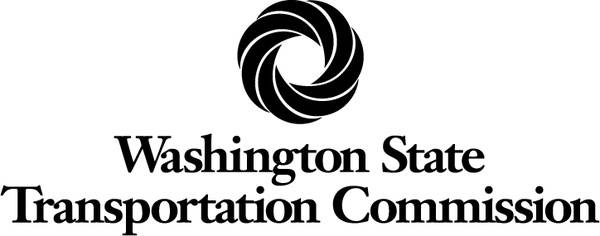Submitted by Washington State Transportation Commission
An updated statewide transportation policy plan called Washington Transportation Plan 2040 and Beyond, ongoing transportation technology work and the first round of findings and recommendations on autonomous vehicle policy needs are on the Washington State Transportation Commission’s agenda next week in Olympia.
The meeting starts at 9 a.m. Tuesday, Dec. 11, and at 8:30 a.m. Wednesday, Dec. 12, at the Transportation Building, 310 Maple Park Ave. SE, on the Capitol Campus in Olympia.
On Tuesday morning, the commission will receive a briefing on the road-rail project final report, which recommends to the Legislature a statewide project list for separating road and rail traffic in places where they cross at the same level.
Then, the commission will continue its information gathering on transportation technology and autonomous vehicles so that it can provide timely and insightful recommendations to the Legislature in the 2019 session. First, the commission will hear from industry leaders on truck platooning. INRIX, an international traffic data company headquartered in Kirkland, has identified corridors that can most immediately benefit from freight truck platooning, including Interstate 5 in Oregon and Washington as a prime corridor. Platooning is when trucks, operating with autonomous systems, can safety follow each other at a close distance to achieve travel and fuel efficiency and increase safety.
On Tuesday afternoon, the commission will receive a report on the progress of the autonomous vehicle workgroup and its subcommittees. This briefing and discussion will frame the commission’s report to the Legislature and governor with findings and recommendations about autonomous vehicle policy needs prior to the 2019 session.
Tuesday’s agenda concludes with an update on the road usage charge pilot project and a briefing on the Office of Financial Management’s 2018 Transportation Attainment Report. This report measures areas of improvement and challenges to be addressed in the statewide transportation system and operations.
Wednesday morning’s agenda begins with a briefing on proposed changes to broaden the scope of the commute trip reduction program, a partnership with business to encourage their workers to drive alone less often, reduce carbon emissions and keep the busiest commute routes flowing.
The commission then turns to tolling items, beginning with an update on the tolling options under consideration for the “Gateway Program,” which relies on tolling revenues to complete the SR 509 and SR 167 connections with I-5 near SeaTac and in Pierce County. Following this, there will be an update on the Tacoma Narrows Bridge financial plan, and an overview of SR 520 tolling.
The meeting concludes with commission action to adopt WTP 2040 and Beyond, the long-range statewide transportation plan that establishes policy and fiscal guidance within the context of the six transportation policy goals established in law: promoting economic vitality, mobility, safety, preservation, environmental health and stewardship. This plan is updated every four years and provides guidance for other plans and statewide investments.
The commission also will adopt its 2018 annual report, which contains near-term policy and fiscal recommendations for the Legislature and governor to consider in the 2019 session.
The commission meeting is open to the public and persons wishing to speak to the commission may do so during several public comment periods throughout the two-day meeting.
For more information about the commission and a complete meeting agenda, visit www.wstc.wa.gov.



